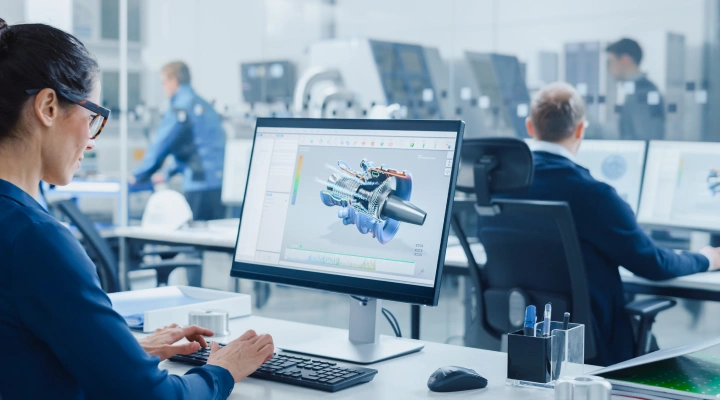We carry out R&D&I projects, providing multidisciplinary technological knowledge, with a team of more than 280 technologists, with high scientific and technical excellence, oriented to solve the needs of your business, in a personalized way, with the aim of making your company more competitive and excellent by the hand of innovation and technological development.
Know more